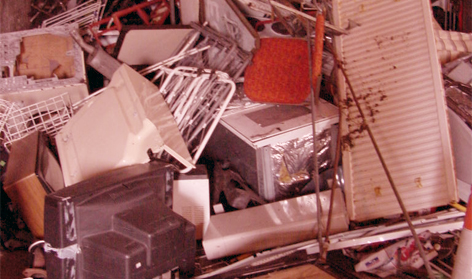- 1908
- Centre for Applied Philosophy, Politics and Ethics
- Waste and Energy Research Group
- Aggregating the Student Voice
- Aesthetics of protest: Visual culture and communication in Turkey
- Barrier Solutions
- BRIDGE (Building Research & Innovation Deals for Green Economy)
- Breathing City
- Brighton Fuse ‘Fusebox’ Knowledge Exchange Project (2014-15)
- Brighton Fuse
- brightONLINE
- Community 21
- Community Media 4 Kenya
- CETLD
- Continuous Productive Urban Landscape
- Culture, Sport and Wellbeing - What Works for Wellbeing Programme
- Digital Policy: Connectivity, Creativity and Rights - ESRC Seminar Series
- Designing for the Future
- Digital Archaeology:
- Drawing Research Interest Group (DRIG)
- Drawing as a pedagogical tool
- Drawing research
- Discovering Digital Me: Forging Links across Digital Identity, Digital Literacy and Digital Economy (2011 - 2013)
- E-ARK
- Edible Campus
- FutureCoast - FutureCoast Youth
- Flax – Increasing its Value for Society
- Graphic Brighton
- Here Today - Moving Images of Climate Change
- Healing War Through Art
- Hide
- ISEA
- The Role of Iconicity in Language Learning
- Improving Exercise Devices for Patients with Rheumatoid Arthritis
- Innovation for Renewal (IFORE)
- INTERREG IVA ProjectFlax
- Invisible Machines
- LGBT Queer Life Research Hub
- LiVi
- MacDonald Gill
- Mobility of the Line / Utility of the Line
- Networks - Subject Centre Magazine
- Networks
- National Recording Project - Sussex
- Our Dancing Feet: Regent Dancehall/Wintergarden
- Postgraduate Design History Society (PDHS)
- Placemakers Space
- Portland Sculpture and Quarry Trust: Memory Stones
- Ryerson Brighton image exchange
- Research news archive
- Silver Stories
- sKINship
- Smart e-bikes
- StoryA | STORY Abroad
- Structural Health Monitoring System (SHMS) for earthquake zones
- Tempus Esprit
- Transnational perspectives on women's art, feminism and curating
- The Centre for Screendance
- The Craft of the Woods: A New Cultural History of the British Woodcraft Movement
- The Design Education Association
- Traces of Nitrate
- Tempus CORINTHIAM
- Tempus IDEA
- Urban Transformations Pathways from Practice to Policy
- VI-Suite
- Visual Learning Project
- The People's Pier: The popular culture of pleasure piers and cultural regeneration through community heritage
Home » Projects archive » Waste and Energy Research Group » Local Authorities » HWRC Waste Composition Analysis
HWRC Waste Composition Analysis

Household Waste Recycling Centres (HWRCs) play an important role in the management of household waste. Despite this, few research projects have investigated the composition of material that is being deposited.
In 2001 WERG in partnership with Brighton & Hove City Councils and East Sussex County Council conducted analysis of waste flowing into the two HWRC in Brighton and Hove City. A sample of 5 tonnes of waste was taken and materials were initially sorted into 23 main categories and then into a further 59 sub sets.
The prominent material deposited was timber at 24%. Thirteen percent of the waste stream was fines (this may have been because the waste sampled had been dropped into the waste hall and therefore objects had smashed, etc and also the council street sweepers deposited their loads in the waste hall) whilst quantities of hardcore, paper, cardboard, carpet and garden waste were also delivered.
As mentioned previously materials were segregated into sub categories. For example timber was separated into treated and painted, composite boards and untreated miscellaneous. Composite boards constituted 53% of the total timber arisings and included chipboard coated in formica (8% of total site arisings), fibreboard (4%) and ply or block board (2%). Painted and treated timber totalled 8.2% and untreated 3.1% of total site arisings.
Since this research was conducted the council has implemented a range of initiatives which aim to increase levels of recycling.


